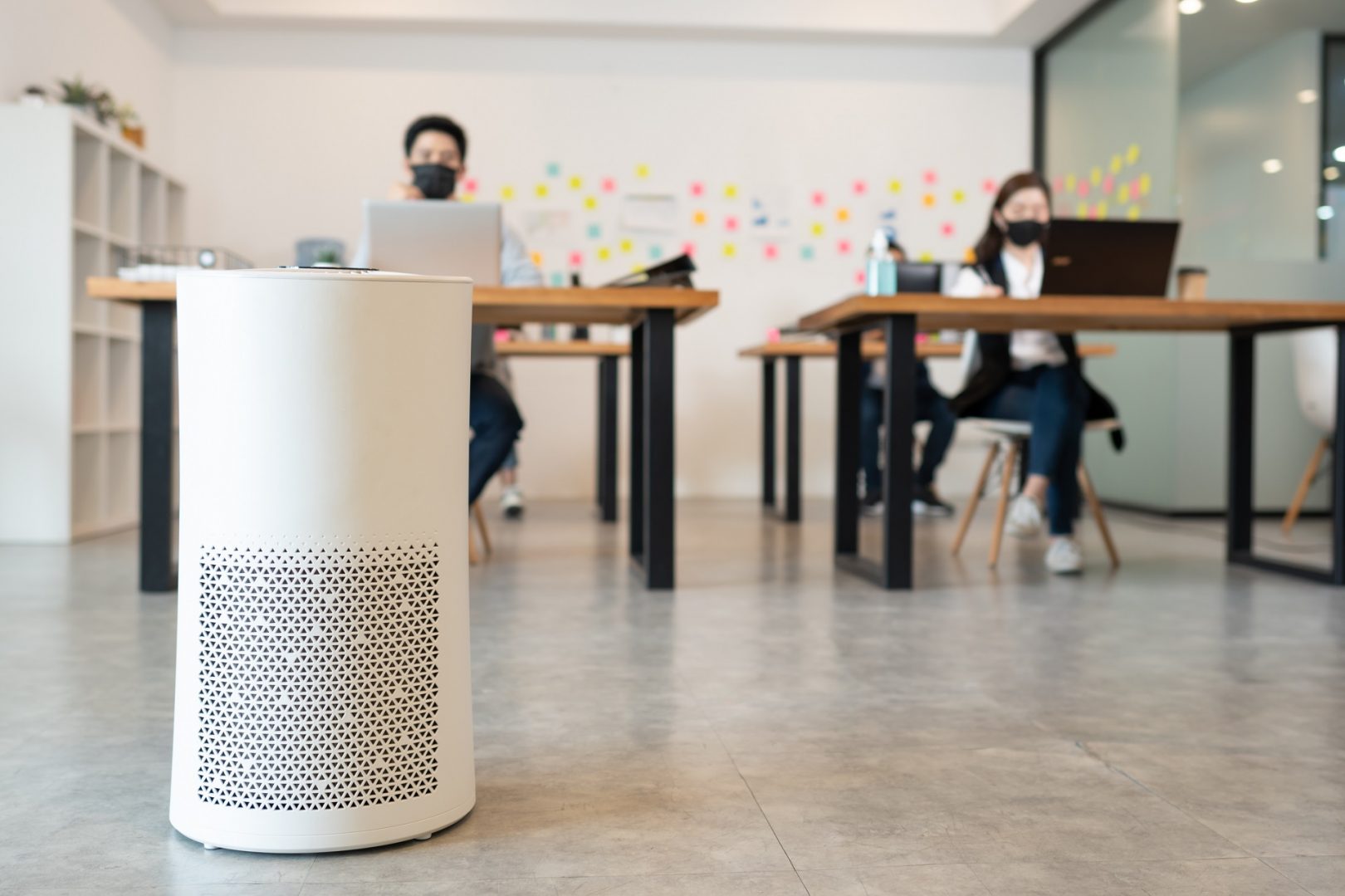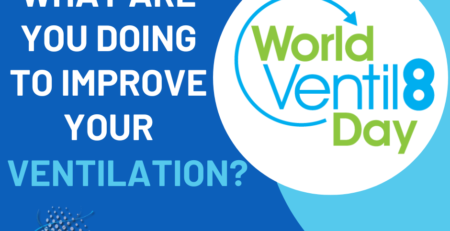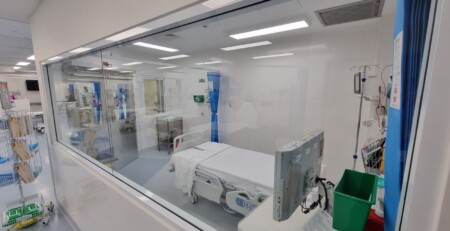The rise and rise of air purifiers: why they have become so popular
If recent history is anything to go by, our indoor air quality is fundamental. Before the spread of airborne diseases dominated news headlines, there was another hazardous health crisis that captured our attention. The bushfire crisis. Whether it was to keep the smoke at bay or to remove the Covid virus from the air, businesses have rushed out in droves to buy air purification devices to mitigate the threat to workers’ health.
So what do air purifiers actually do? And are they really the panacea for better air quality?
Why cleaning the air indoors can help us breathe a little better
We don’t think twice about filtering the water we drink. Why wouldn’t we filter the air we breathe? Especially when we know indoor spaces can be affected by all sorts of pollutants – dust, mould spores, smoke.
And given we spend so much time indoors, the poor indoor air quality can impact our health. The symptoms may be mild – such as a headache, tiredness or lethargy. Or more severe: an allergic response or aggravated asthma.
As its name suggests, air purifiers purify the air we breathe. They suck the air in, then use a series of fine mesh filters to capture those invisible pollutants before releasing clean air into the room. The simple act of removing microscopic airborne particles like pollen, dust, mould spores and even fumes can help us breathe better – and feel better.
What’s driving demand for air purifiers?
No doubt, the global coronavirus outbreak is at the top of the list. When it was determined Covid-19 could be transmitted via fine respiratory droplets and aerosol particles, the World Health Organisation (WHO) advised proper ventilation to reduce the spread of the virus in indoor spaces.
HVAC systems were assessed to control the spread of Covid-19, including increasing outdoor ventilation and avoiding recirculation of air. There was also heightened awareness of maintenance to ensure air filters were regularly changed and ducts and coils were inspected and cleaned.
But for areas with poor ventilation, air purifiers have become a popular means to achieve cleaner indoor air.
Demand for air purifiers has surged
The NSW Government’s plan for a Covid-safe return to school includes installing air purifiers in common areas. Safe Work Australia also recommends indoor workplaces use air purifiers in areas with poor ventilation. It’s little wonder the demand for air purifiers has surged.
The increased media coverage of poor air quality, particularly since the start of the pandemic, hasn’t just raised consumer awareness. It has fuelled the growth of the air purifier market worldwide.
One survey suggests global sales of air purifiers will grow by more than 12% in the next four years. Another report projects Australia’s air purifier market will reach $46 million in 2025.
Not all air purifiers are created equally
With so many air purifiers flooding the market, how do you choose?
Researchers say air purifiers that use high-efficiency particulate air (HEPA) filters are the most reliable. They are capable of removing up to 99.95% of dust, mould, bacteria and other particles in the air – so not all the nasties, but pretty close!
As commercial air conditioning specialists, we have seen demand split between ceiling-mounted and in-room or portable air purifiers.
Some feature a unique Nanoe technology that stops certain bacteria and viruses. Others uses the latest advancements in indoor air quality to perfect the air in large indoor spaces.
Speak to us about the right air purifying solution for your environment or to arrange air conditioning maintenance for your commercial system.






